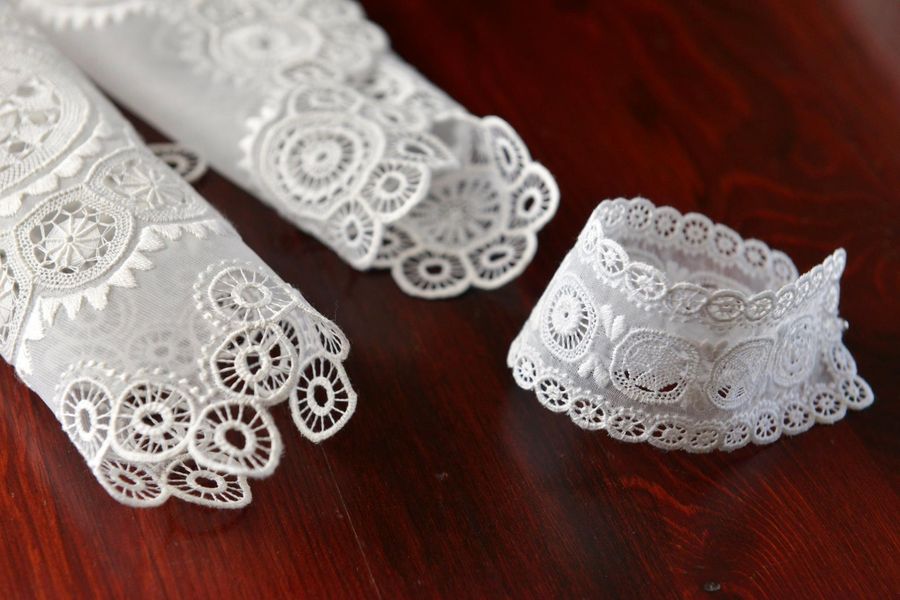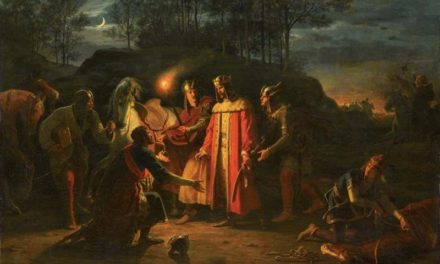It was awarded a gold medal at the 1962 World Exhibition in Brussels, and since 2017 it has been part of UNESCO's national list of intellectual cultural heritage.
The Bratislava kifli could become a hungarikum as a traditional Hungarian cake for the winter holidays. Its first recipe is known from István Czifray's Hungarian national cookbook published in 1830, and since 2012 it has been called a traditional special product, added the Minister of Agriculture.
Hungarian artifacts are the everyday and ubiquitous building blocks of the country's image, which without words tell the story of the Hungarians, their traditions, and their ingenuity - stressed the head of the ministry, who encourages all communities to mark their traditions in the local treasure troves, because they are then national values. they can even be Hungarians.
It is a common task to make the world familiar with and fall in love with the country's excellent food and drinks, its wonderful natural resources, its artistic heritage, and the performance of Hungarian talents. The protection of values also helps the preservation of identity and tradition, and the passing on of culture, not with the need for separation, but for national unity, stressed István Nagy.
The Prime Minister's Commissioner responsible for the protection of the Hungarian way of life and our national values reported on the expansion of the Hungarian Valuables. Zsolt V. Németh announced that
flame, which today is not only known and loved by Hungarians, was declared an outstanding national value, as well as cubism, which became famous in the second half of the 19th century, during the construction of canals, roads and railways in the Great Plain, as a characteristically Hungarian itinerant worker activity.
Although it lost its significance with the spread of machines, its memory lives on to this day, the city of Csongrád even erected a statue to the Cubists, he added.
According to the law that entered into force on July 1, 2012, Hungarian products are the peak achievements of Hungarians with their characteristics, uniqueness, specialness, and quality.
The Hungarian Treasures Collection is followed by the Hungarian Treasury, which contains outstanding national values, and the foundations of the value pyramid are made up of county, sectorial and foreign treasure troves. After the 31st meeting of the Hungarikum Committee, 87 national values belong to the Collection of Hungarikumok, and 150 national values belong to the Hungarian Valuables Store.
MTI
Photo: Höveji Csipke Egyesület Facebook













